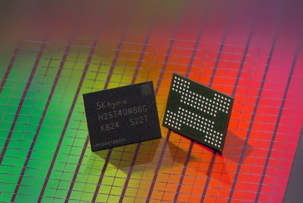AI Bubble: The Economy Must Prepare for a Financial Explosion
12:06, 10.10.2025
Bloomberg suggests that companies working with artificial intelligence are simply circulating money around, creating a fictitious money exchange. This inflates investment valuations, but whether the actual profits match those investments remains uncertain.
How the “bubble” works
Investors pour money into companies (in the case of AI, billions of dollars), which creates the appearance of rapid growth and profitability. However, Bloomberg analysts claim that much of this money just goes in circles.
Here’s how it happens:
- An investor gives $1 million to an AI startup.
- The startup uses part of that money to rent equipment from a smaller AI startup.
- The smaller startup, boosted by the larger one’s investment, reports a “profit,” looks successful, and attracts more funding.
As a result, companies appear profitable and thriving, but in reality, they haven’t sold anything to real customers. Their valuations rise “out of thin air.”
Echoes of the 2007 mortgage crisis
Bloomberg experts compare this pattern to the 2007 mortgage crisis, when banks bundled risky loans and sold them as securities that were thought to be safe, until it turned out they were built on debt.
Now, AI companies appear to present investment money as real revenue, artificially inflating their value.
The bubble may burst
This AI “bubble” is now dangerously overinflated. As long as investors keep funding future developments, the system holds. But once they start demanding actual profits, real product sales to real customers, many AI firms could prove worthless. The investment market could then plunge sharply, hitting the tech industry hard.


